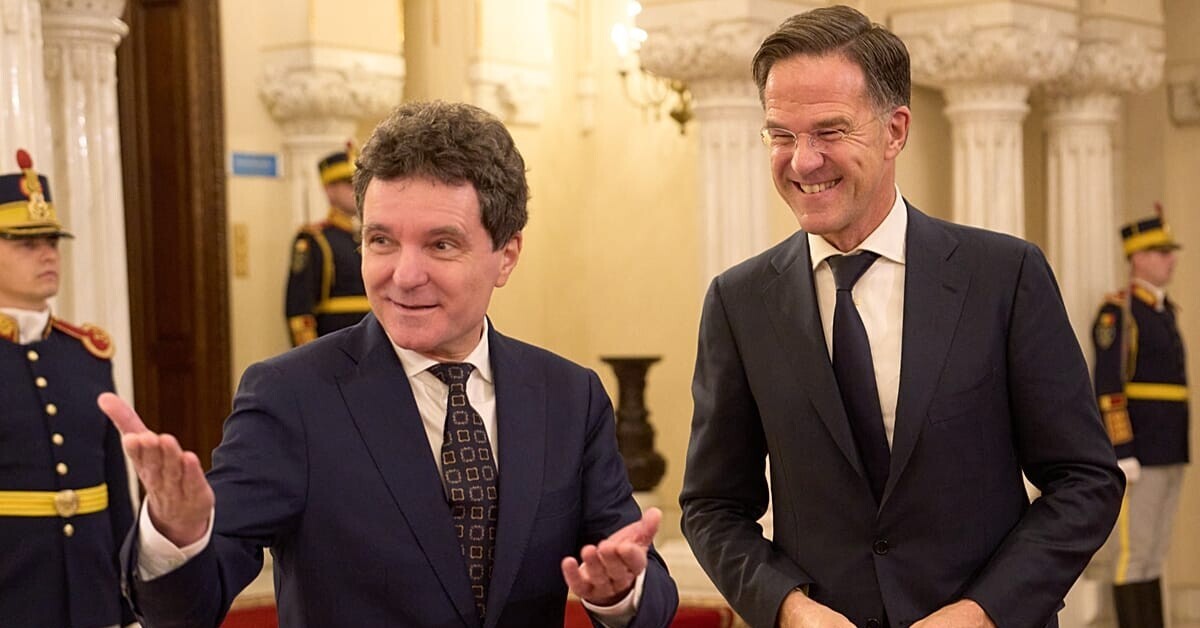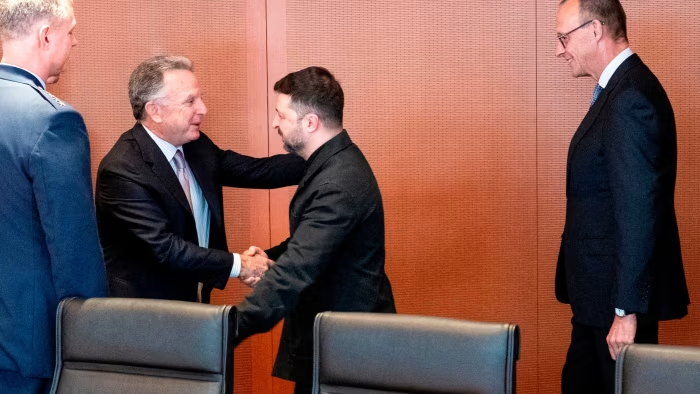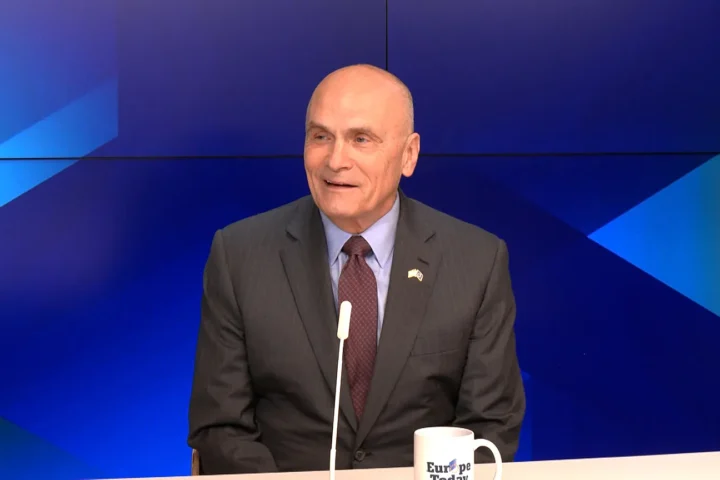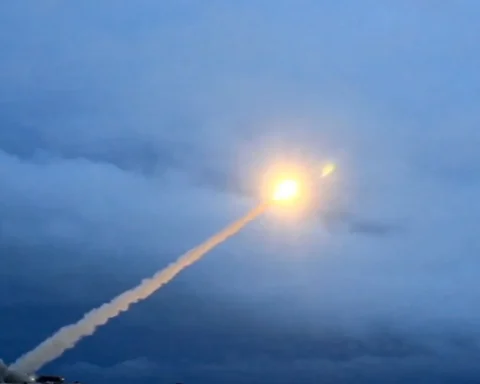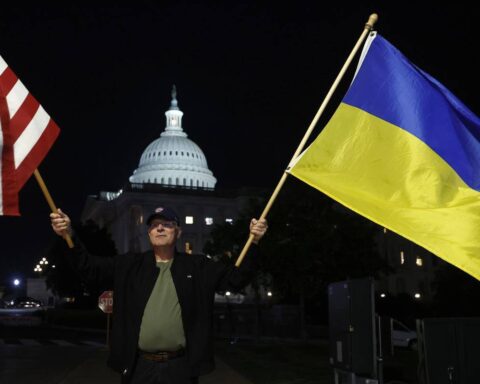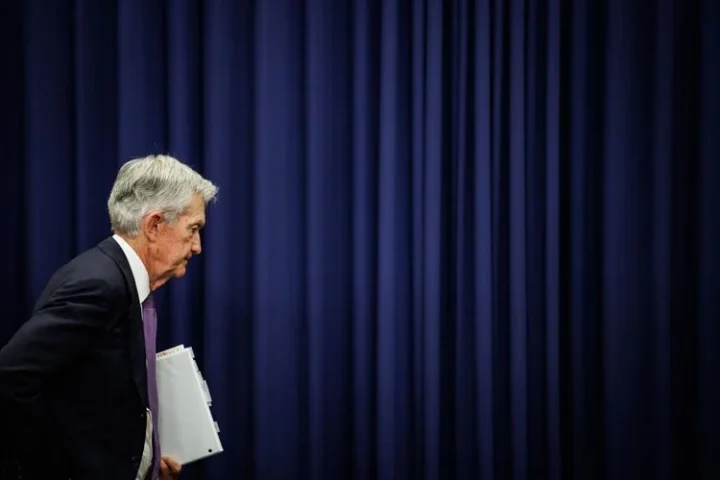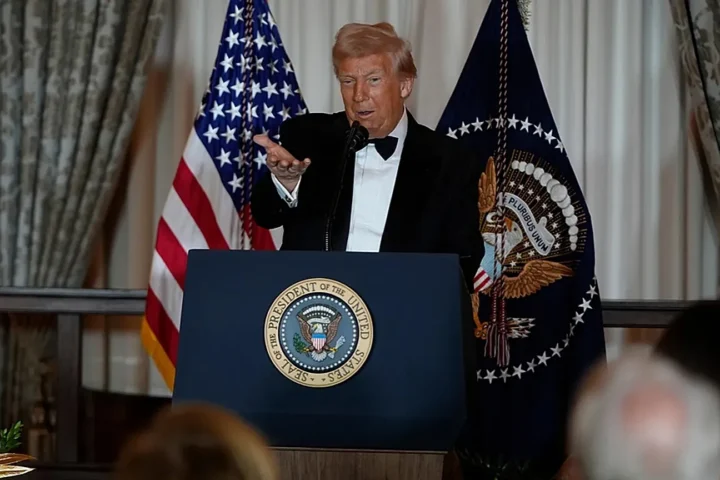Dutch Prime Minister Mark Rutte has emphasized that the recent U.S. troop withdrawal from certain European deployments should not be interpreted as a reduction in American commitment to NATO, seeking to reassure allies and maintain cohesion within the alliance. His comments come amid growing speculation over whether shifting U.S. military priorities signal a broader reevaluation of its role in European security.
The Context of the Withdrawal
The Pentagon recently announced a reduction in U.S. forces stationed in parts of Eastern and Central Europe, part of a broader realignment of American military assets globally. While official statements stressed that the move is logistical and strategic, analysts have debated its implications for NATO readiness and deterrence posture against potential threats from Russia and other adversarial actors.
“The U.S. remains fully committed to NATO’s collective defense obligations,” Rutte said during a press conference in Brussels. “These adjustments are operational, not a signal of waning support.”
NATO Reactions and Concerns
European NATO members have expressed mixed reactions to the announcement. While the withdrawal is modest relative to total U.S. forces in Europe, several officials worry it could be perceived as a symbolic weakening of NATO’s deterrence capabilities.
- Germany and Poland emphasized the need for continued American presence to maintain regional stability.
- NATO Secretary-General Jens Stoltenberg reiterated that the alliance remains strong and that troop realignments do not diminish the collective defense commitments outlined in Article 5 of the NATO treaty.
“NATO’s strength lies in unity and shared responsibility,” Stoltenberg said. “All adjustments are carefully coordinated to ensure no gaps in defense posture.”
Strategic Considerations Behind the Move
Analysts suggest several factors may explain the U.S. decision:
- Global Priorities Shift: The U.S. may be reallocating forces to areas in the Indo-Pacific region, reflecting growing focus on China’s military rise.
- Operational Efficiency: Certain deployments may be redundant, with NATO partners capable of assuming greater responsibility.
- Budgetary Pressures: The Pentagon faces ongoing budgetary constraints and must balance European commitments with other global defense priorities.
“This is a strategic adjustment rather than a retreat,” said Dr. Karen Mitchell, a senior fellow at the Atlantic Council. “The U.S. is optimizing its global posture while remaining committed to European security.”
Implications for European Security
Despite reassurances, European defense analysts warn that perceptions matter as much as reality. A reduction in visible American presence could embolden adversaries or heighten political debates within NATO about burden-sharing and readiness.
- Eastern European states are particularly sensitive to troop movements near Russia’s borders.
- Smaller NATO members rely heavily on U.S. presence for deterrence credibility, and public confidence in the alliance may fluctuate in response to troop adjustments.
Rutte stressed that NATO’s integrated command structure and allied coordination remain robust, ensuring that any U.S. redeployment does not create vulnerabilities.
Political Dimension
The announcement comes amid domestic political debates in the U.S., with policymakers weighing American foreign policy priorities against domestic spending needs and public opinion. Some lawmakers have advocated for reducing overseas deployments, arguing that European allies should contribute more to their own defense.
Rutte’s remarks serve to signal confidence in continued U.S. leadership and reaffirm the principle that NATO’s collective defense is non-negotiable despite operational adjustments.
Looking Ahead
NATO officials are expected to monitor the situation closely over the coming months, ensuring that force realignments do not compromise readiness or strategic deterrence. Coordination between the U.S., European allies, and NATO command structures will be critical to maintain trust and alliance cohesion.
“We must distinguish between tactical redeployments and strategic disengagement,” Rutte said. “The U.S. remains a cornerstone of European security, and NATO’s collective defense is unwavering.”
Observers note that while troop movements may be temporary and logistical in nature, alliance perception and signalingwill play a critical role in deterring potential adversaries and reassuring member states.
